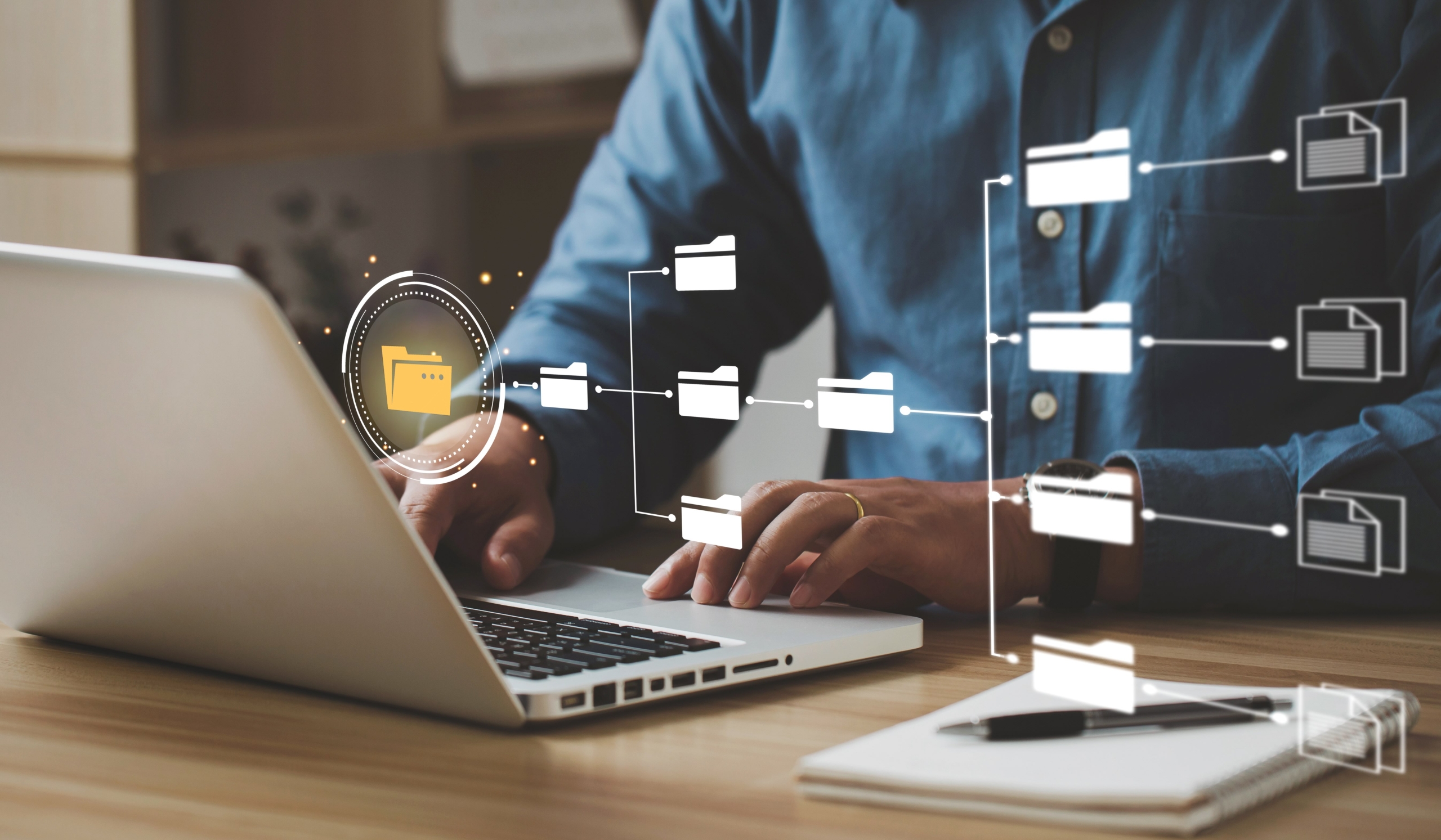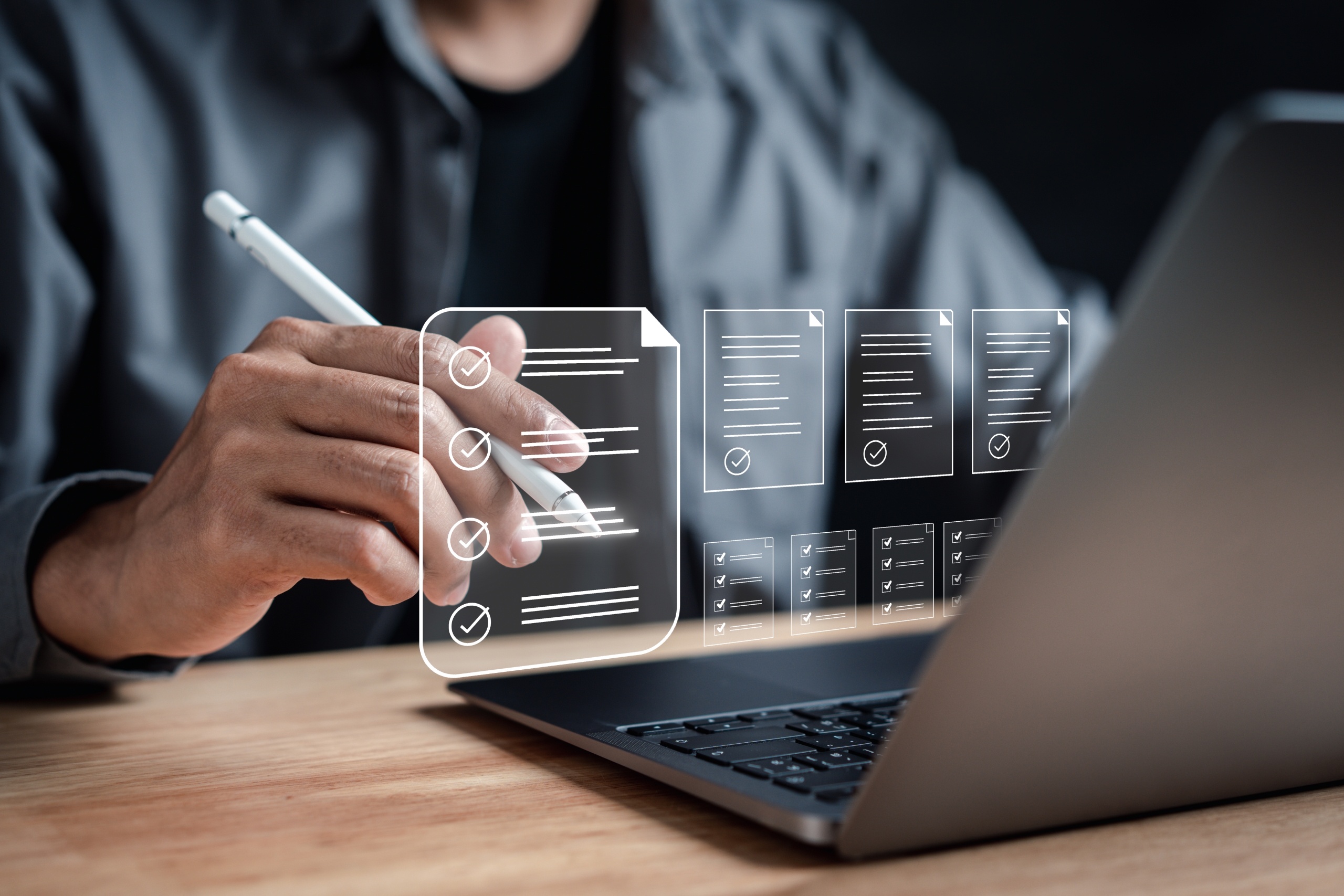For every successful business, effective debtor management is crucial. Streamlining the debtor process and reducing outstanding payments leads to significant benefits, such as improved cash flow and higher customer satisfaction. One of the tools that help optimize debtor management is the debtor card.
What is a debtor card?
A debtor card is a digital file that contains all the important information about a specific debtor. It provides a structured overview of a customer’s financial history and current situation.
Example data on a debtor card
A debtor card stores all essential data of a debtor, such as:
- Invoice amounts;
- Payment terms;
- Payment history;
- Correspondence;
- Any disputes.
With the help of the tool, you have the ability to process, store, and send this data in a report. You have the freedom to choose between a shorter summary or a more detailed version. This way, you can easily generate a report for the past month or even for the entire financial year. By using the selection criteria, the debtor card becomes a valuable source of information.
How does a debtor card help improve your debtor management?
A debtor card helps you gain control over your debtor management and strive for optimal results. The three main benefits are:
1. Better insights
With a debtor card, you better understand how financial interactions with a specific customer are progressing. You quickly and easily see important information, such as unpaid invoices, overdue payment terms, and payment history. This helps you identify problems and take early action.
2. Tailored payment arrangements
A debtor card helps you create tailored payment arrangements for each debtor. This way, you can easily consider the customer’s financial situation, payment history, and any disputes. By aligning payment arrangements with the individual needs of debtors, you increase the chances of timely payments and reduce the risk of default.
3. Automation of tasks
With the help of debtor management software, debtor cards can be automatically updated and managed. This automates repetitive tasks, such as sending reminders, generating reports, and following up on payment arrangements. This reduces administrative burdens and ensures a more efficient debtor management process.
Discover the added value of a debtor card?
A debtor card is a valuable tool for effective debtor management. It helps you improve cash flow, strengthen customer relationships, and reduce the risk of default. If you want to optimize debtor management, it is worth implementing a debtor card as part of your business strategy.
Would you like to get acquainted with automated debtor management? Request a personal demo now, free and without obligation. Within thirty minutes, you will receive a complete overview of all the benefits for your company.







